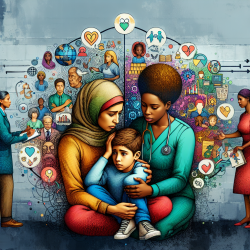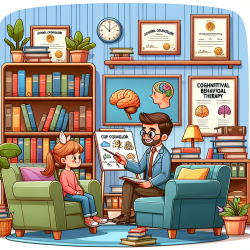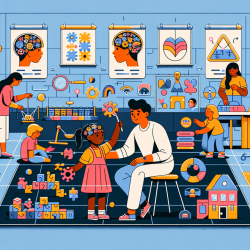Introduction to Computational Thinking
In today's rapidly evolving world, computational thinking is becoming an essential skill across various fields, including speech language pathology. According to Jeannette M. Wing's research article, "Computational Thinking and Thinking About Computing," computational thinking is a problem-solving approach that draws on concepts fundamental to computing. It involves abstraction, automation, and the ability to work with complex systems, which are crucial for creating effective therapeutic interventions.
The Role of Abstraction in Therapy
Abstraction, a core component of computational thinking, involves simplifying complex systems by focusing on essential details while ignoring irrelevant information. In speech language pathology, abstraction can help practitioners design targeted interventions by identifying key aspects of a child's communication challenges. By abstracting these challenges into manageable components, therapists can develop more precise and effective treatment plans.
Automation and Data-Driven Decisions
Automation in computational thinking refers to the mechanization of abstractions, allowing for efficient data processing and decision-making. In the context of online therapy services like those provided by TinyEYE, automation can streamline data collection and analysis, enabling therapists to make informed decisions based on empirical evidence. This data-driven approach ensures that interventions are tailored to each child's unique needs, leading to better outcomes.
Layered Systems and Interdisciplinary Collaboration
Computational thinking also emphasizes the importance of working with layered systems and understanding the relationships between different layers. This concept can be applied to interdisciplinary collaboration in speech language pathology, where therapists work alongside educators, parents, and other professionals. By understanding the interconnectedness of various factors affecting a child's development, practitioners can create comprehensive and holistic treatment plans.
Encouraging Further Research and Education
As computational thinking continues to influence research and practice in speech language pathology, it is crucial for practitioners to stay informed about the latest developments. Engaging in further research and continuing education can enhance their understanding of computational concepts and their application in therapy. By embracing computational thinking, therapists can improve their skills and ultimately create better outcomes for children.
To read the original research paper, please follow this link: Computational Thinking and Thinking About Computing.










